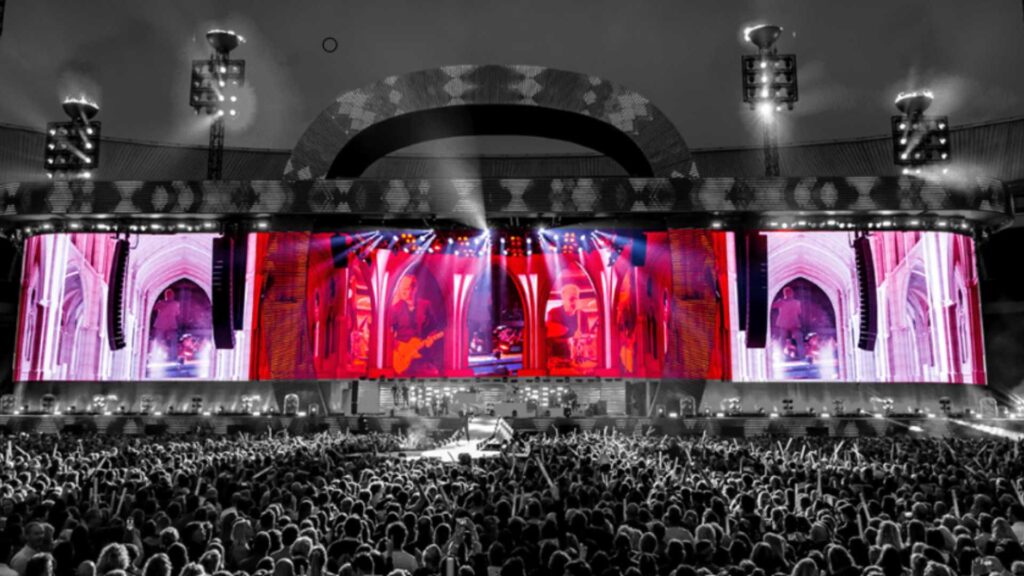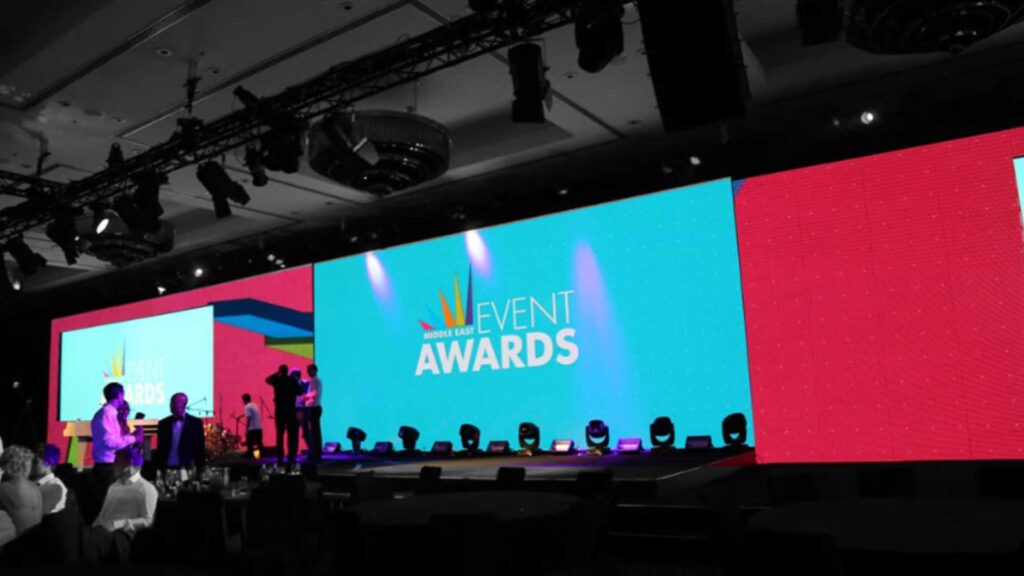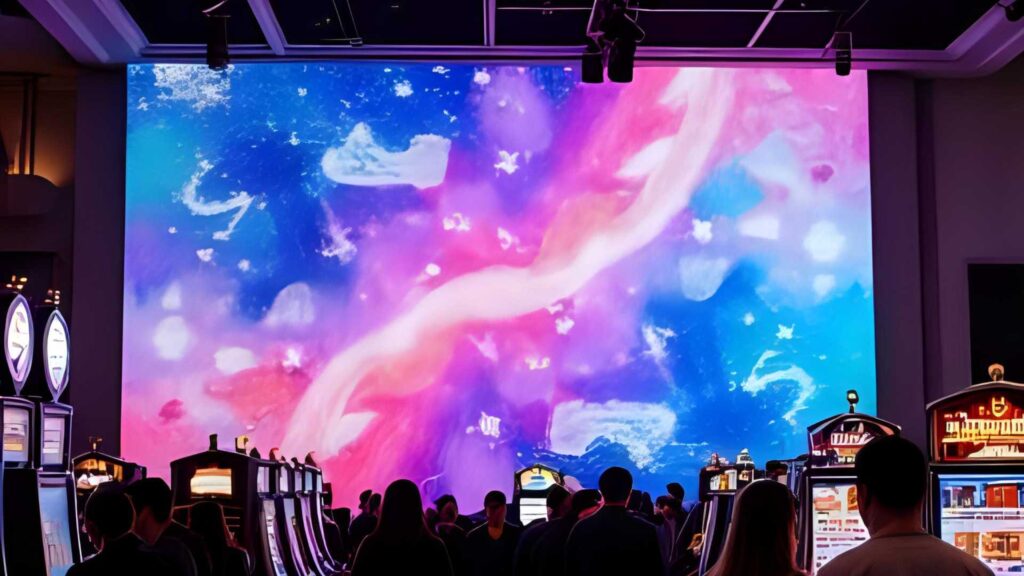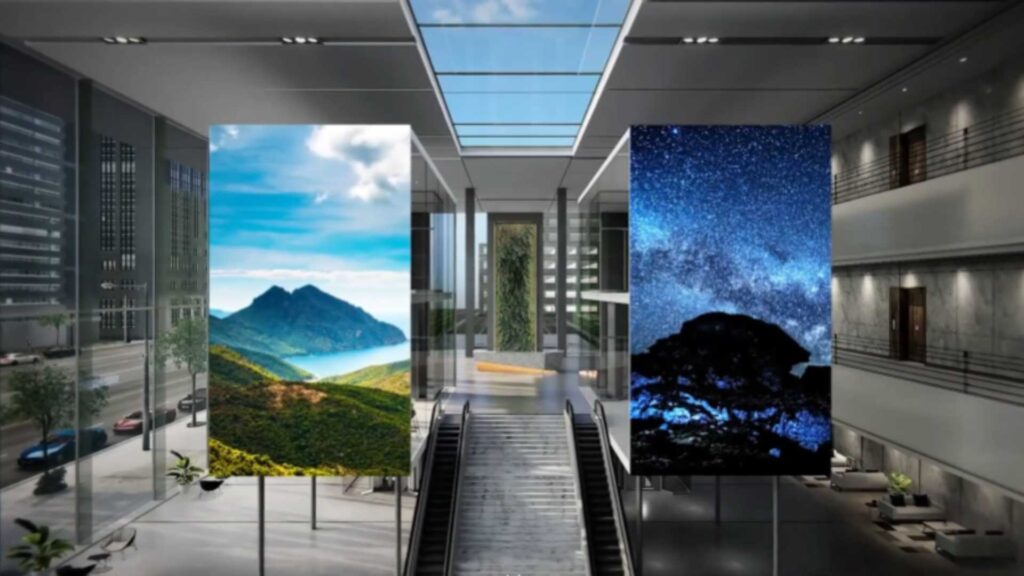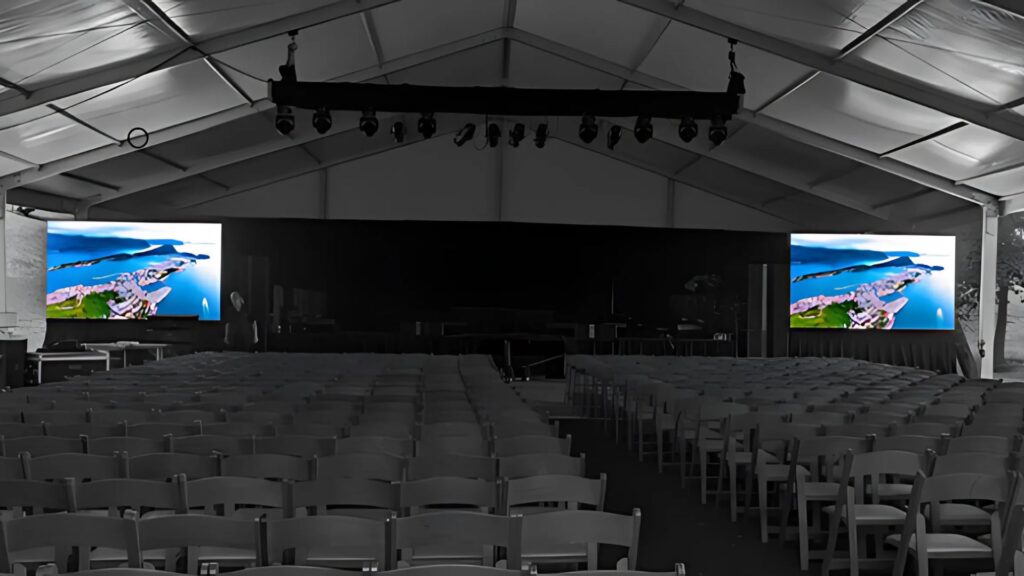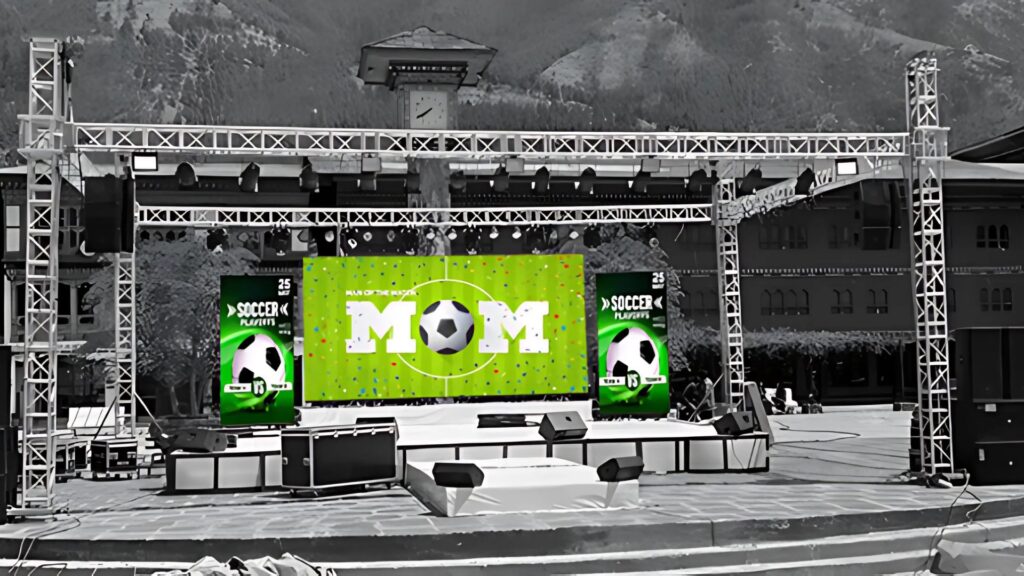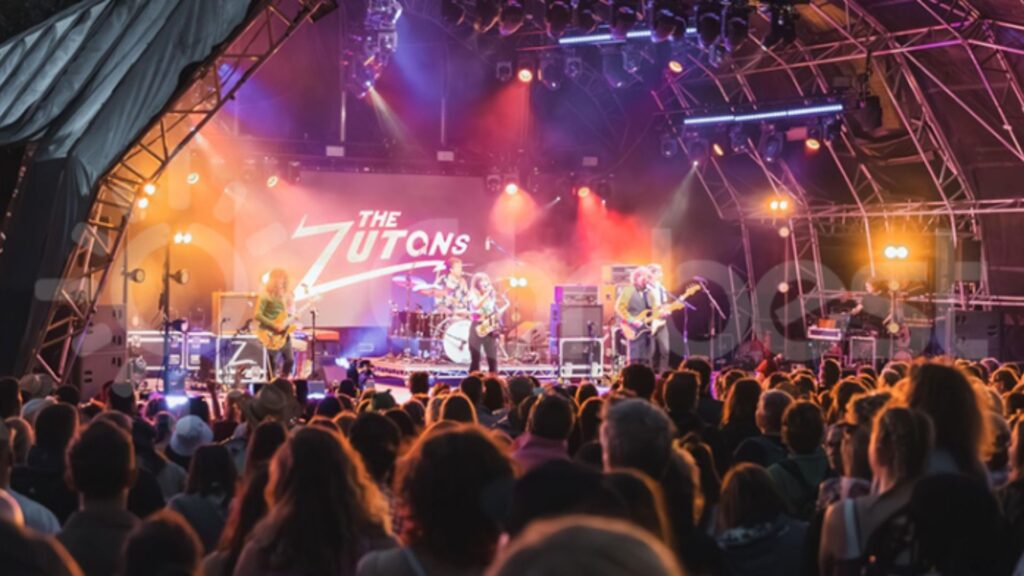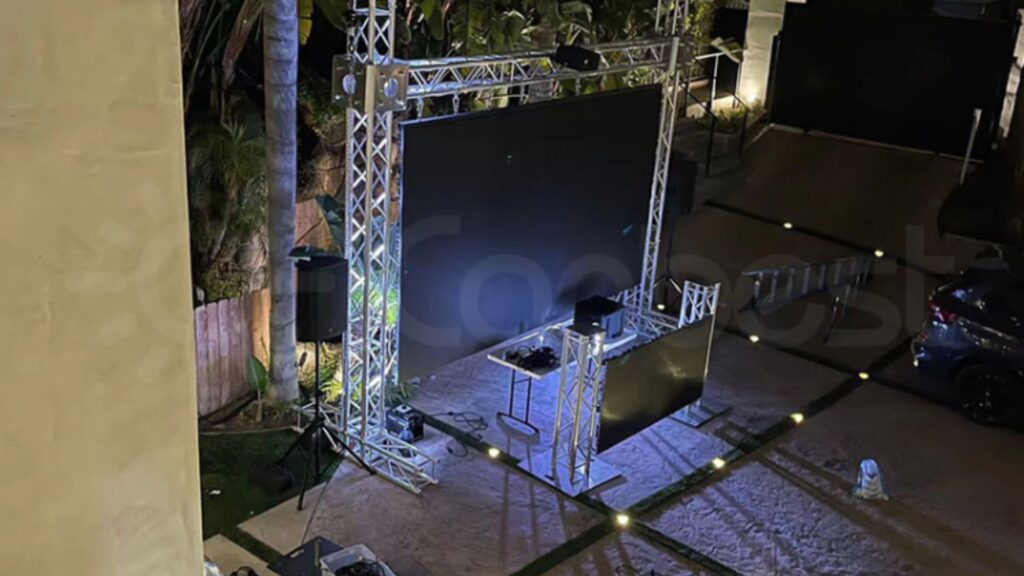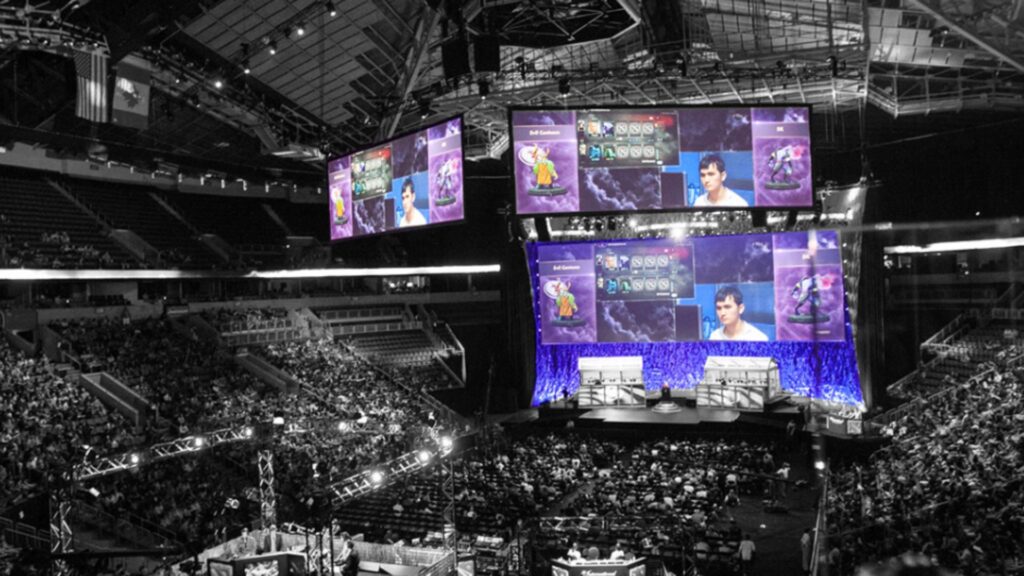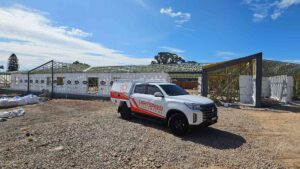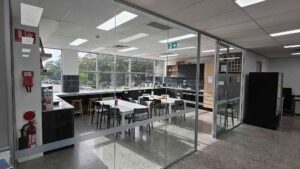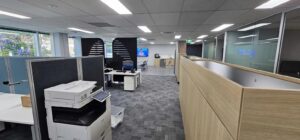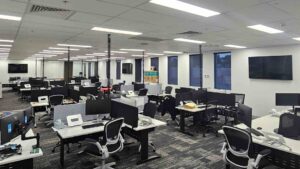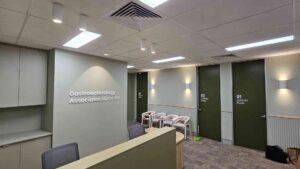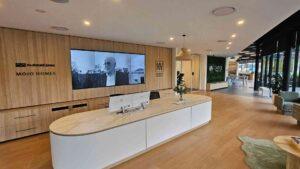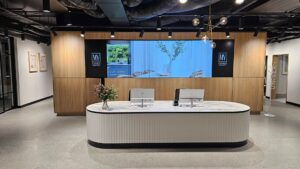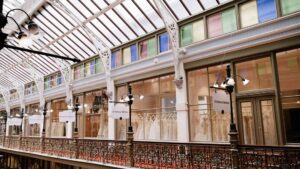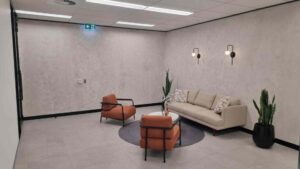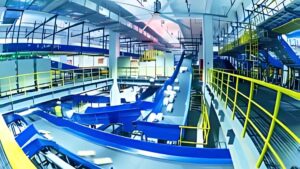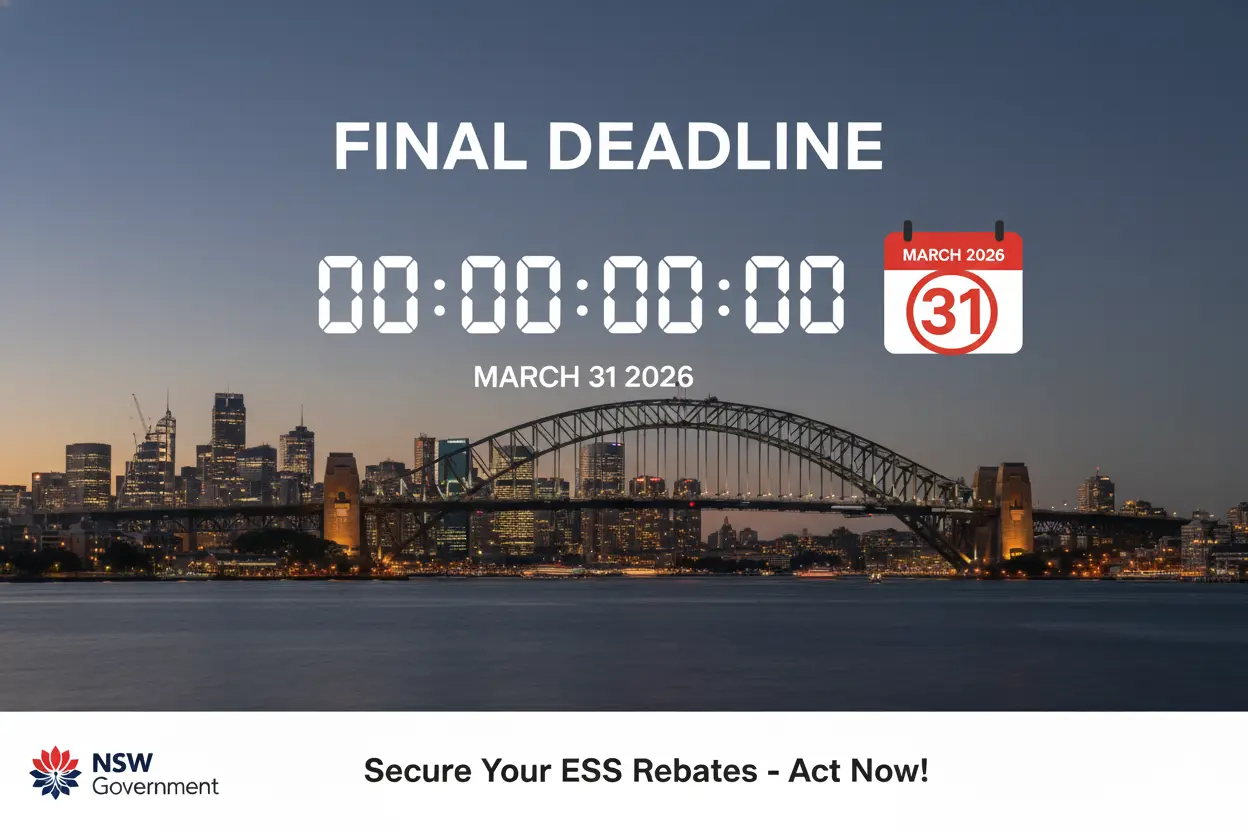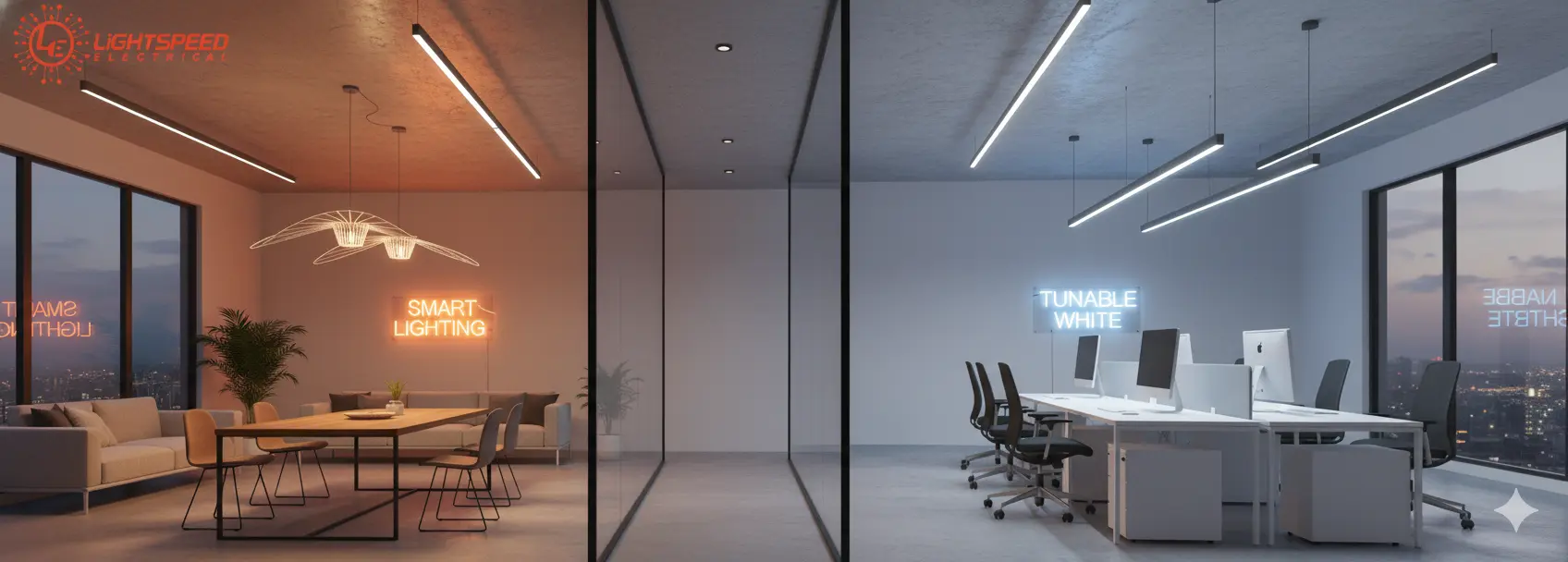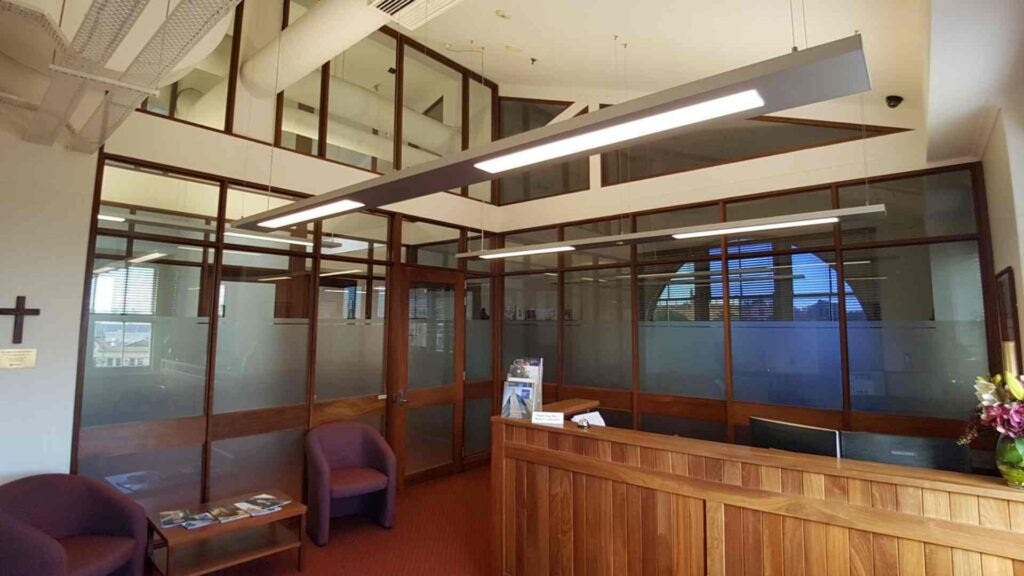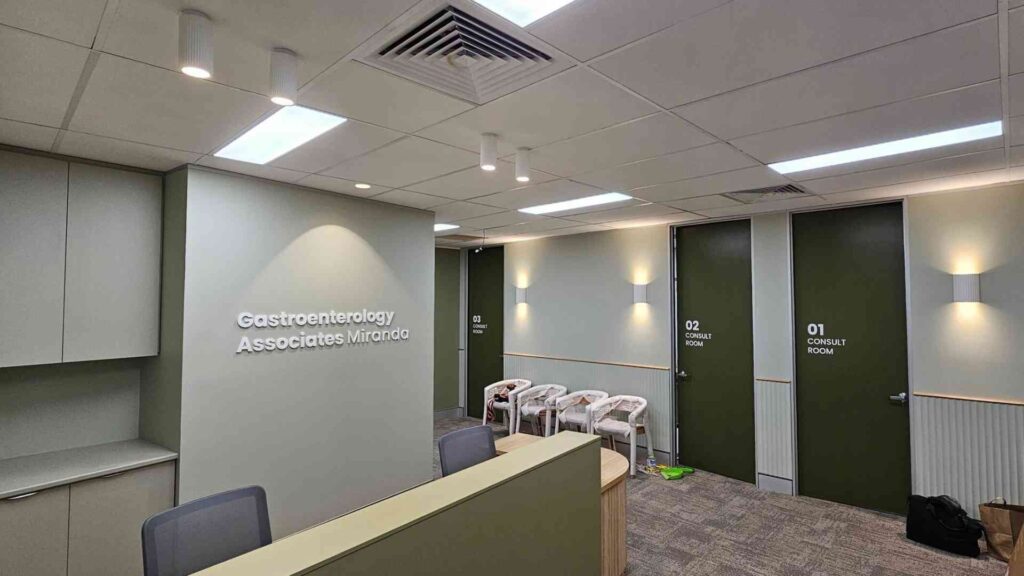The Financial Case for LED Upgrades and NSW Incentives
The move to Light-Emitting Diode (LED) technology is no longer optional; it is the most financially compelling electrical upgrade for commercial and industrial facilities in Australia. Expert planning by a licensed commercial electrician sydney is key to maximising this return.
Rapid Return on Investment (ROI)
The core benefit of an LED conversion is the immense reduction in operating costs. Modern LED systems reduce energy consumption by up to 80% compared to older halogen and fluorescent lighting. This superior efficiency, combined with government incentives, delivers an exceptionally rapid financial return:
- Payback Period: Typically between six months and two years .
- Long-Term ROI: The cumulative return can exceed 12 to 15 times the original capital investment over the system’s operational life, separate from continuous energy savings.
Beyond direct energy savings, LEDs drastically cut maintenance costs. High-quality commercial LEDs are rated to last between 50,000 and 100,000 hours, potentially up to 100 times longer than traditional fixtures. For a small business, this longevity translates to maintenance savings of $800 to $1,500 annually. Furthermore, LEDs emit very little heat, which significantly reduces the load on Air Conditioning (AC) or HVAC systems, adding an additional 5% to 15% to the total energy savings.
Critical NSW Energy Savings Scheme (ESS) Deadline
The New South Wales government has provided substantial financial incentives through the ESS to accelerate LED adoption . However, the program’s Commercial Lighting Energy Savings Formula is actively phasing out, with the final deadline for certificate registration set for March 31, 2026 .
To access these essential government subsidies, the installation must be completed by a person authorised to carry out electrical wiring work, such as a licensed commercial electrician sydney. Acting now is critical to securing these financial offsets before the opportunity expires.
Table 1.1: Financial Performance Comparison (LED vs. Legacy Lighting)
| Feature | LED Lighting (Modern Commercial) | Traditional Fluorescent/Halogen | Immediate Business Impact |
| Energy Consumption Reduction | Up to 80% efficiency improvement | High power waste, low efficiency | Drastic power bill reduction |
| Average Payback Period (Australia) | 6 months to 2 years | Non-existent (continuous high cost) | Rapid return on investment |
| Lifespan | 50,000 – 100,000+ hours | 1,000 – 30,000 hours | Maintenance costs reduced by 80%–90% |
| Secondary HVAC Savings | 5%–15% additional energy saving | Zero, often increases cooling load | Compounding ROI through reduced cooling demand |
| Hazardous Materials | Mercury-free | Contains mercury (CFL/Fluorescent) | Lower disposal costs, improved environmental compliance |
Specialised LED Solutions for Industrial & Harsh Environments
Industrial facilities—such as warehouses, manufacturing plants, and processing centres—require specialised LED lighting designed for high ceilings, resilience, and maximum safety. The technical expertise of an industrial electrician sydney is indispensable here.
High Bays and Durability
Industrial spaces often rely on high-output LED High Bays to deliver powerful, uniform illumination across large areas . Crucially, these fixtures must withstand harsh conditions like dust, moisture, and temperature fluctuations. High-quality industrial LEDs are typically built with an Ingress Protection (IP) rating of IP65, ensuring protection against dust and water jets to guarantee a long, reliable operational life .
Safety Compliance and Photometric Assurance
Lighting in industrial workplaces is governed by the Australian/New Zealand Standard AS/NZS 1680 series, which mandates minimum illumination (lux) levels for specific activities to prevent fatigue and ensure safety.
To maintain compliant light levels over time, lighting design must account for the Maintenance Factor (MF). For quality LEDs rated at L80B50 (80% light output retained after 50,000 hours), designers use a Maintenance Factor of 0.8.The industrial electrician sydney must apply correct photometric calculations; otherwise, the lighting system will drop below the required safety standard long before the planned replacement cycle, creating an unsafe and non-compliant workplace.
The Power Paradox: Lighting vs. Digital Displays
While general LED lighting is the most energy-efficient illumination source , dedicated LED digital displays (like video walls) require significant power to achieve high brightness in large industrial spaces or outdoor conditions . A typical 55″ LED-backlit LCD panel may consume around 250W, but a dedicated, high-brightness LED video cabinet of the same size can require up to 600W . This higher, dynamic load necessitates robust electrical provisioning and potentially the installation of power factor correction equipment to ensure the overall facility remains energy efficient.
Smart Lighting Control for Modern Office Fitouts
In contemporary Sydney offices, lighting is a strategic tool for enhancing employee wellbeing and productivity, a key consideration for all office fitouts sydney. This requires sophisticated, integrated smart lighting control systems.
Robust and Scalable Control Networks
Modern office refurbishments utilise robust control networks, such as Digital Addressable Lighting Interface (DALI) or the Australian-designed C-Bus technology. C-Bus, a market leader for over 30 years, is renowned for its reliability and scalability, using dedicated twisted-pair wiring for reliable communication.
These hardwired systems are crucial for large-scale projects, offering:
- BMS Integration: Seamless communication with Building Management Systems (BMS) via protocols like BACnet, centralising control of lighting, HVAC, and security.
- Automation: Utilising sensors for Daylight Harvesting (dimming lights when natural light enters) and Occupancy Sensing (turning off lights in vacant areas) to dramatically cut energy waste.
Supporting Human Capital
The investment in advanced smart lighting, installed during the office fitout sydney, directly supports employee performance. These systems offer smooth, precise control, often down to 1% incremental dimming. This flexibility enables the implementation of features like “tunable white” light, which adjusts colour temperature and intensity to align with the human circadian rhythm. By supporting employee focus and reducing eye strain, smart lighting transforms the office environment into a strategic asset. The electrician’s role involves meticulous cable management, ensuring a clean, professional finish, and expertly commissioning the complex control network.
Digital Signage: Power, Data, and NSW Compliance
The deployment of commercial digital signage, including menu boards and video walls, is an integrated electrical and data project that demands high-level technical skill and knowledge of strict NSW planning regulations .
Data and Electrical Infrastructure
Digital signage requires robust, dedicated infrastructure :
- High-Speed Data: Dynamic, high-resolution content requires high-category Unshielded Twisted Pair (UTP) cables (e.g., Cat 6A) or fibre optic cables for long runs.Compliance with Australian data cabling standards (AS/CA S009:2013) is mandatory.
- Installation Integrity: The commercial electrician sydney is responsible for proper cable routing (protecting against heat or EMI), correct termination techniques, and clear labelling to ensure signal integrity and long-term maintenance.
Mitigating Regulatory Risk in NSW
Commercial digital signage in Sydney operates under strict planning controls. The electrical contractor must ensure installations meet these essential regulatory requirements to mitigate the risk of fines or removal orders.
By managing both the high-capacity electrical supply and the high-speed data network, while adhering to structural and content regulations, the commercial electrician sydney ensures the client’s digital communication investment is safe, compliant, and effective.



